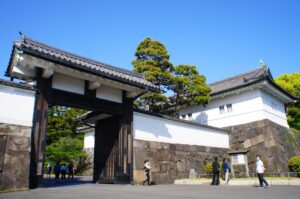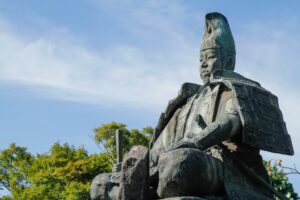Oda Nobunaga’s death in 1582 during the Honno-ji Incident remains one of the most pivotal and dramatic moments in Japanese history. Betrayed by his trusted general, Akechi Mitsuhide, Nobunaga’s sudden end disrupted the unification of Japan and led to major shifts in power. This article explores how and why Nobunaga died, his possible last words, what happened to his body, the motives behind his betrayal, and the long-lasting implications of his death.
Who Was Oda Nobunaga?

Oda Nobunaga was one of the most powerful and revolutionary daimyos of Japan’s Sengoku period (1467–1615), a time marked by near-constant military conflict and political upheaval. Born in 1534, Nobunaga rose from a minor lord to a central figure in Japan’s unification. His military strategies were innovative—he was among the first to use firearms effectively in battle, particularly during the Battle of Nagashino in 1575. Known for his ruthless decisiveness, he crushed opposition, dismantled Buddhist military power, and implemented policies to centralize authority and stimulate commerce.
Nobunaga envisioned a unified Japan under a strong central rule, laying the groundwork for what would later be completed by Toyotomi Hideyoshi and Tokugawa Ieyasu. His aggressive modernization and uncompromising tactics earned him both admiration and fear, contributing to his complex legacy.
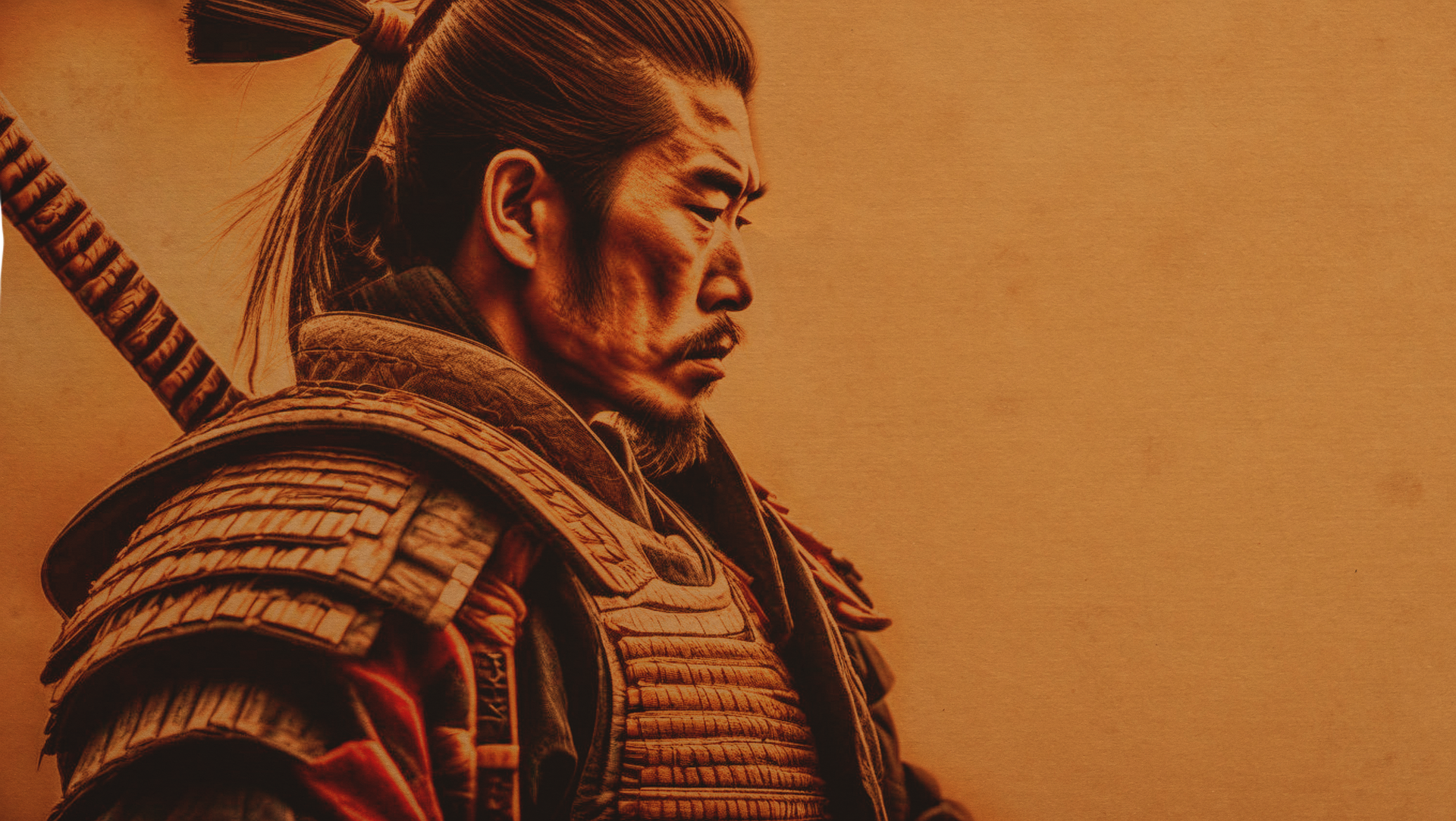
What Happened at the Honno-ji Incident?

On June 21, 1582, while staying at the Honno-ji temple in Kyoto with only a small retinue, Oda Nobunaga was betrayed by his general, Akechi Mitsuhide. Mitsuhide, leveraging Nobunaga’s vulnerable position, led a surprise attack in what became known as the Honno-ji Incident.
Nobunaga, caught off guard and unprepared for a siege, found himself surrounded by Akechi’s forces. As the temple was set ablaze, historical accounts suggest that Nobunaga fought bravely but ultimately chose to commit seppuku—a form of ritual suicide practiced by samurai to preserve honor. The fire consumed the temple, and Nobunaga’s body was never conclusively recovered.
This sudden betrayal shocked Japan and immediately altered the power dynamics of the period. The incident signaled not just the end of Nobunaga’s reign but a turning point in the struggle for national unification.
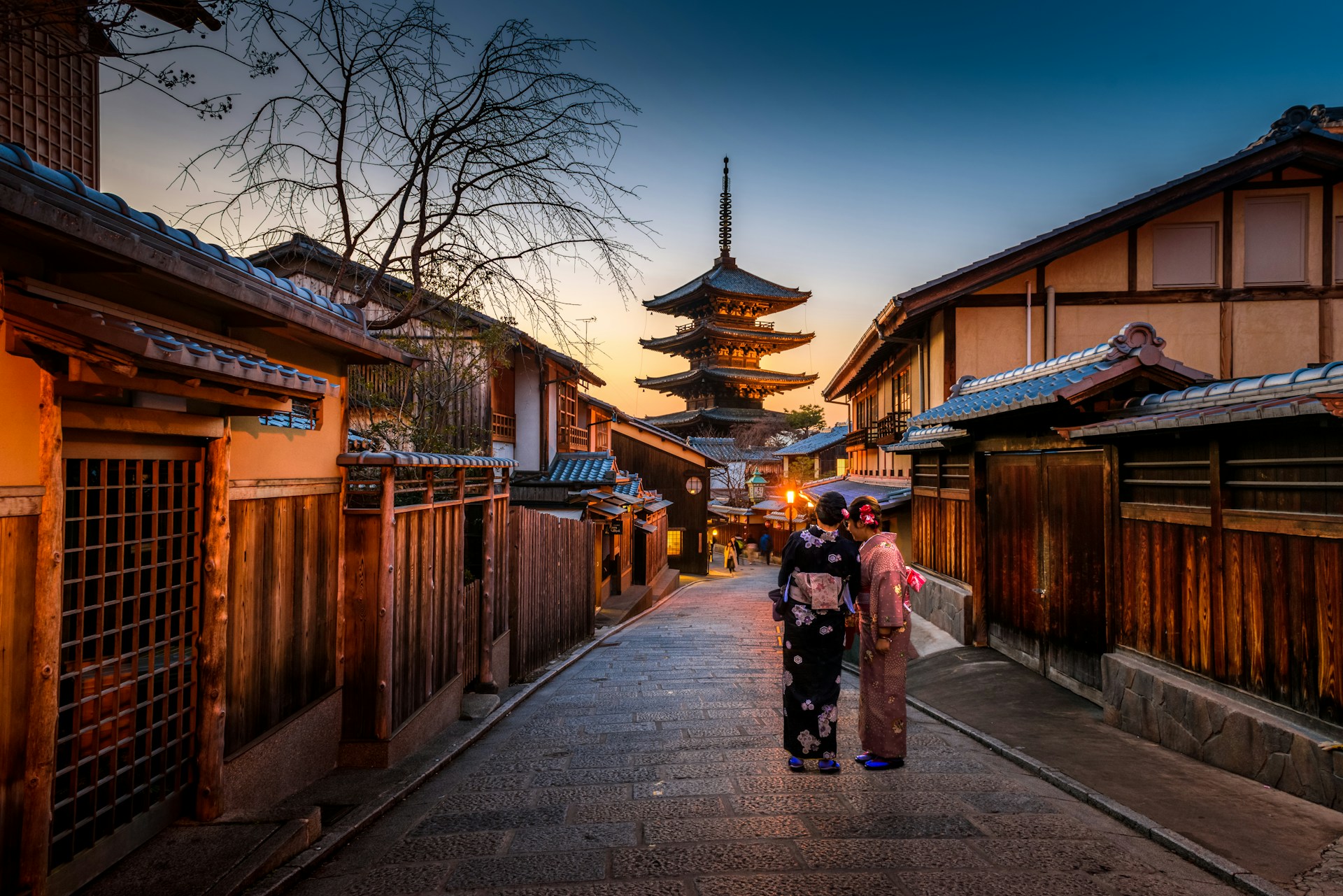
Why Did Akechi Mitsuhide Betray Nobunaga?
The motives behind Akechi Mitsuhide’s betrayal have long been debated. One prevailing theory is that Mitsuhide harbored deep resentment due to public humiliations by Nobunaga. Known for his harsh treatment of subordinates, Nobunaga may have pushed Mitsuhide beyond his breaking point.
Another interpretation suggests political ambition. By removing Nobunaga, Mitsuhide may have hoped to position himself as Japan’s ruler. However, his tenure was extremely short-lived, as he was defeated by Hideyoshi just 13 days later at the Battle of Yamazaki.
Some historians offer psychological perspectives, proposing that Mitsuhide’s betrayal was the culmination of accumulated stress, disillusionment, and strategic calculation. Modern analyses also point to possible complicity from other factions dissatisfied with Nobunaga’s growing power.
How Did Nobunaga Die — Suicide or Assassination?
The commonly accepted version is that Nobunaga committed seppuku when it became clear he could not escape Honno-ji. This aligns with the samurai code of honor, allowing a warrior to die on his own terms rather than fall into enemy hands.
Yet alternative theories persist. Some speculate that Nobunaga was assassinated before he could carry out seppuku, possibly by a traitorous retainer or as a result of chaos in the temple. Others entertain the idea that he escaped and faked his death, though this lacks credible evidence.
Seppuku held immense cultural importance in the samurai era, symbolizing dignity, loyalty, and control over one’s fate. Whether or not he was able to complete this act, the narrative of ritual suicide reinforces the ethos surrounding his legacy.
What Were Oda Nobunaga’s Last Words?
A famous phrase often attributed to Nobunaga during the Honno-ji Incident is “Zehi ni oyobazu” (是非に及ばず), which translates as “It cannot be helped.” These words convey stoic acceptance in the face of inevitable fate and are emblematic of samurai resilience.
Although historical records are not definitive, the phrase has endured in Japanese cultural memory. It captures the gravity and resolve of a man who understood the consequences of power and ambition. Today, this line is widely quoted in literature and media as an example of bushido—the way of the warrior.
What Happened to Nobunaga’s Body After His Death?
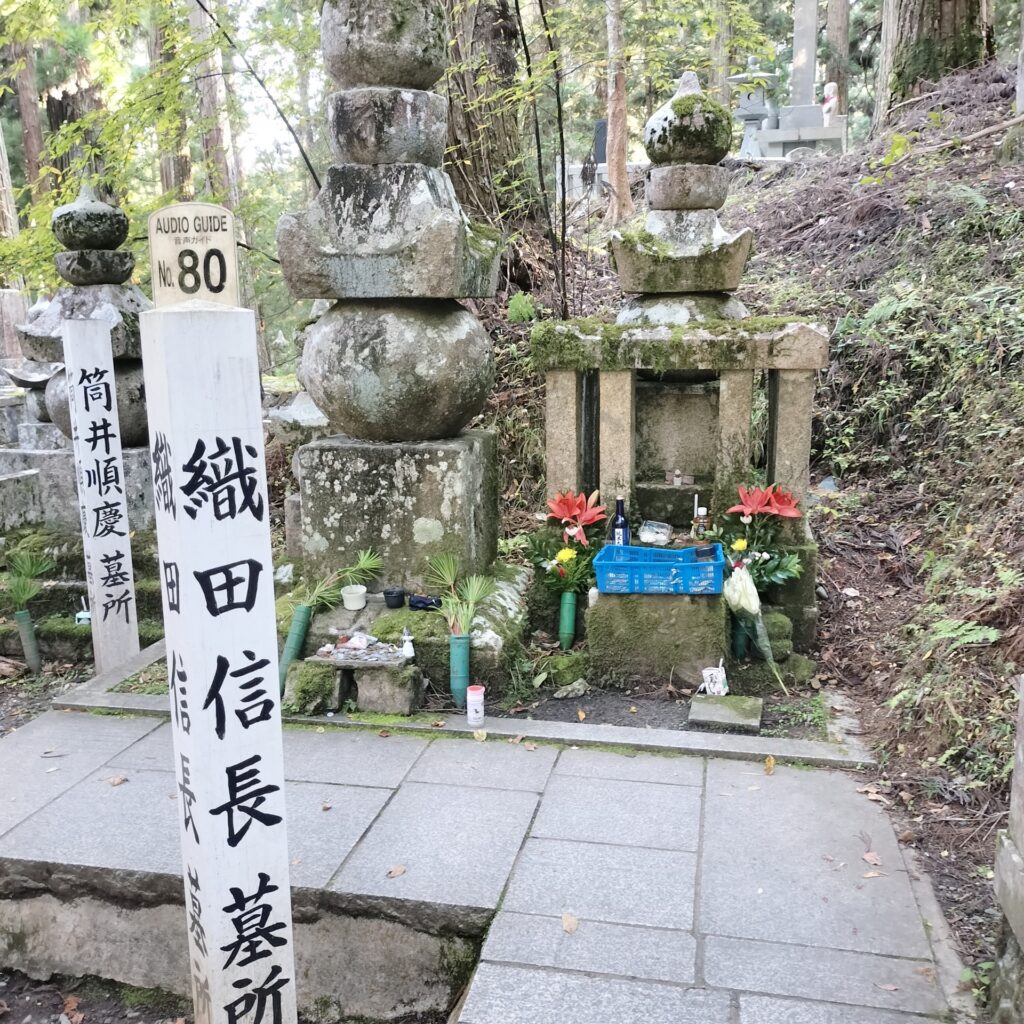
After the burning of Honno-ji, Nobunaga’s body was never officially recovered. This absence has fueled centuries of speculation and folklore. Some claim the flames reduced his remains to ashes beyond recognition. Others suggest that his retainers may have secretly removed the body to protect it from desecration.
The lack of physical evidence has contributed to the enduring mystery around his final fate and inspired numerous fictional interpretations in Japanese culture.
Theories and Speculations About Nobunaga’s Remains
Several theories persist regarding the fate of Nobunaga’s remains:
- Burned beyond recognition: The simplest theory suggests his body was completely incinerated.
- Taken by retainers: Loyal followers may have spirited away the body to a secret burial site.
- Nobunaga survived: A fringe theory proposes he escaped and lived in hiding.
- Body double theory: Some speculate a kagemusha (body double) died in his place.
These theories continue to captivate both historians and pop culture enthusiasts. The lack of closure makes Nobunaga’s death a fertile ground for mythmaking and reinterpretation.
What Was the Aftermath of Nobunaga’s Death?
Nobunaga’s death created a sudden power vacuum. Akechi Mitsuhide briefly seized power but was quickly defeated by Toyotomi Hideyoshi at the Battle of Yamazaki. Hideyoshi’s swift response and strategic genius allowed him to consolidate Nobunaga’s territories and continue the campaign to unify Japan.
The death not only changed the leadership dynamics but also underscored the fragility of political alliances during the Sengoku period. It marked a major transition in Japanese history, as Hideyoshi would become the next major figure driving unification.
Who Took Over Nobunaga’s Legacy?
Toyotomi Hideyoshi was the immediate successor in spirit and strategy. He skillfully avenged Nobunaga and carried forward the mission to unify Japan. Though he lacked noble lineage, Hideyoshi’s diplomatic and military talents elevated him to unprecedented heights.
Eventually, after Hideyoshi’s death, Tokugawa Ieyasu completed the unification and established the Tokugawa shogunate, which would govern Japan for over 250 years. Despite not living to see Japan fully unified, Nobunaga’s innovations and ambition laid the foundation for these future accomplishments.
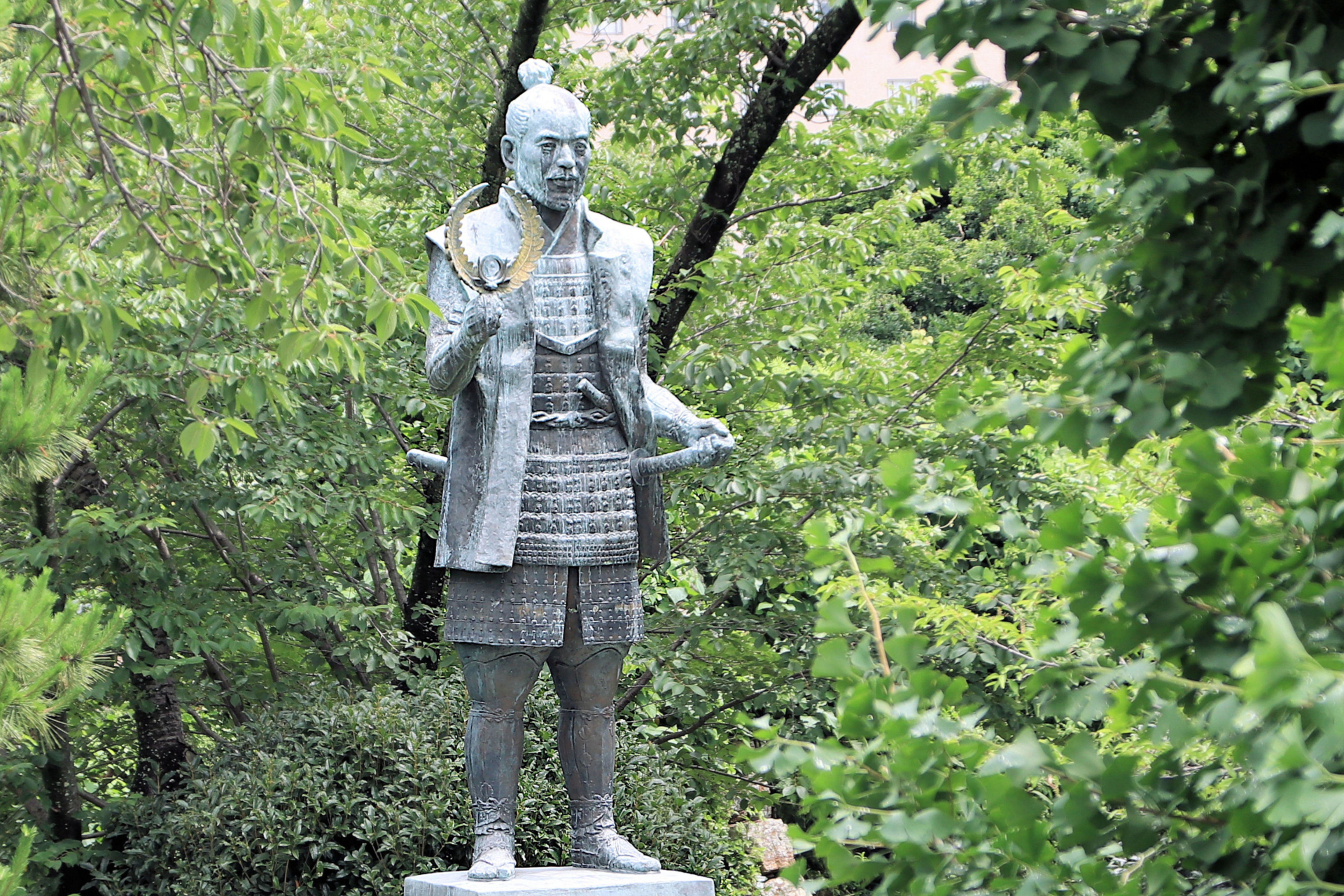
How Nobunaga’s Death Is Portrayed in Popular Culture
In various anime and games, Oda Nobunaga is reimagined as a mythical or supernatural figure. For example, in Nioh, he appears as a resurrected warlord, while in Sengoku Basara, he is portrayed with demonic powers. These portrayals emphasize his fearsome reputation and the mystery surrounding his death.
These depictions often amplify the mystery of his death, suggesting occult influences, dark ambitions, or epic last stands. While not historically accurate, they reflect modern fascination with Nobunaga’s dramatic life and end.
Unresolved Questions and Theories About His Death
Speculation continues about whether Akechi Mitsuhide acted alone. Some historians argue that others in Nobunaga’s circle, including rival clans or even dissatisfied retainers, may have supported the betrayal.
Conspiracy theories range from political cabals to secret alliances aimed at halting Nobunaga’s rising dominance. The absence of Nobunaga’s body and the swiftness of Mitsuhide’s downfall only deepen these mysteries.
While many of these theories remain unproven, they highlight the lingering intrigue surrounding the Honno-ji Incident and its impact on Japanese history.
Conclusion: The Death That Changed Japanese History
Oda Nobunaga’s death was not merely the fall of a powerful warlord; it was a seismic event that altered the course of Japanese history. His betrayal at Honno-ji marked the collapse of an emerging centralized rule and set off a chain of events leading to the rise of Toyotomi Hideyoshi and ultimately the Tokugawa shogunate.
The dramatic circumstances of his end—the flames of Honno-ji, a general’s betrayal, and a body lost to history—continue to captivate historians, students, and storytellers alike. Nobunaga’s life and death remind us how the ambitions and choices of individuals can shape the destiny of nations.
For those intrigued by his legacy, exploring Japan’s Warring States period offers a deeper understanding of the courage, treachery, and vision that defined an era.








